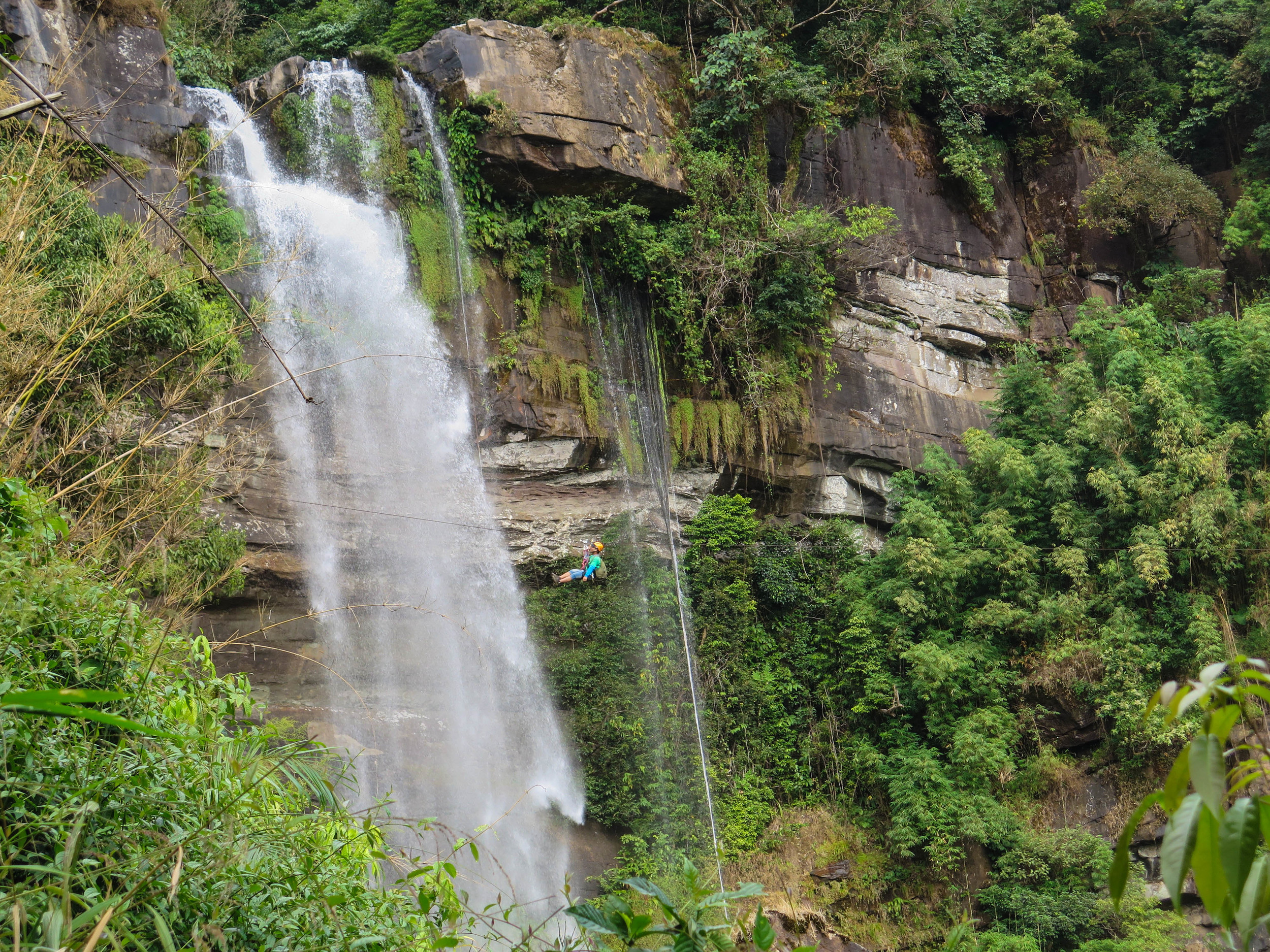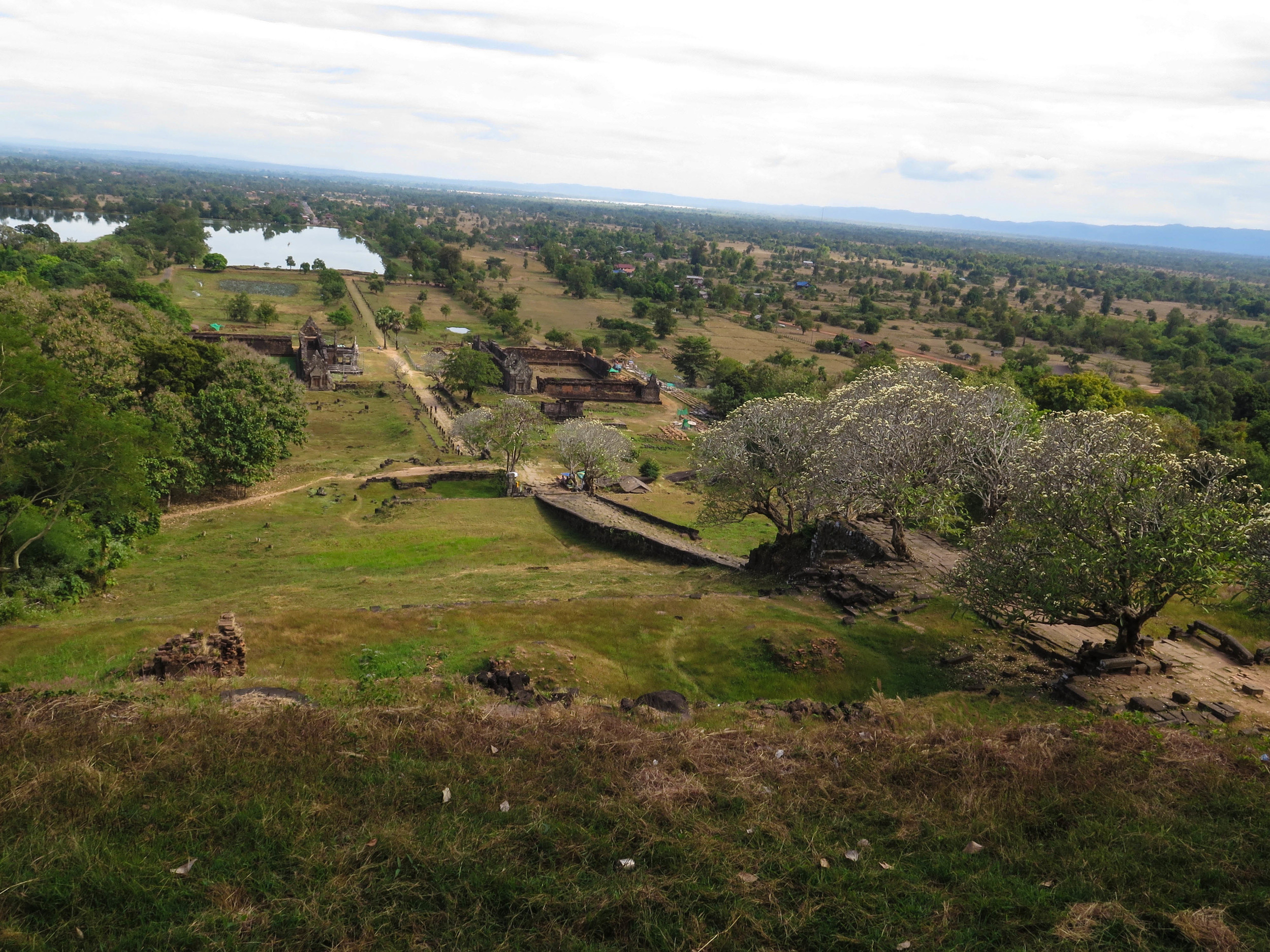The Serenity of Laos
PAKSE - Of all the countries in the world, Laos is the most heavily bombed per capita in history. Ironically, I have not met a more peaceful people than the Laotians. (I’ve attached a small assortment of photos from my time in the beautiful country.)
During the “Secret War” in Laos between 1964 and 1973, the U.S., through the military and the C.I.A., had two main goals. They organized and supported a militia of Laotians to fight the Communist Pathet Laos and later tried to interrupt traffic on the Ho Chi Minh Trail (the supply route from Northern Vietnam down to its forces in the South). If you haven't heard about this, you aren't alone.
At the Geneva Conferences in 1954 and 1962 Laos was guaranteed neutrality. But the U.S. built hundreds of landing strips in Laos for the initial purpose of providing aid to the country. Later, these served a more deadly purpose. American politicians always maintained the official line: that the Laotian government had requested armed reconnaissance missions over the country. However, the U.S. bombed Laos more than Germany and Japan combined during World War II.
When averaged out, we dropped a planeload of bombs every eight minutes, for nine years straight. That’s over two million tons of ordnance. About a third of them did not explode though, which has created a very dangerous, ongoing problem for the Laotians living in those regions. About a quarter of the country’s villages are contaminated with unexploded ordinances, or UXOs.
I was in Laos for some time before I learned about this problem. And while I’ve gotten (sadly) used to hearing stories about negative things the American government and military has done around the world, this story really stunned me, especially because of the nature of the Lao people.
Very much unlike their neighbors, Laotians do not honk; it’s considered too aggressive. The guidebooks use similar words to describe the country: serene, peaceful, calm, tranquil, enchanting. In this country of seven million, life moves slower. You could make your flight if you arrived at the airport half an hour before. I met one Wisconsin expat who has lived in Luang Prabang for decades. He said he has stayed here because of the genuine smiles of its people: “Even when people are telling you they are mad at you, they say it with a big smile on their face. Nowhere else have I encountered such warmth.”
Today, over 40 years later, less than 1% of the UXOs have been destroyed. So, Laotians continue to be killed and harmed by them. Like in many other regions with UXOs, 40% of the Laotian casualties are children who see something interesting and do not recognize the danger.
I visited the Lao National Unexploded Ordnance Programme (UXO LAO) center in Luang Prabang, where they play a video about the history and a video produced to educate Laotians about the danger. The latter starred four children who had been disabled in some way from a UXO. While their injuries were very difficult to hear about, the worst part of the film came at the end, when each child took the screen to warn their peers: “Don’t be like me. Don’t dig for worms and get hurt by a UXO.” Or “don’t build a fire and get hurt by a UXO.” “Don’t be like me and search for scrap metal….” Children shouldn’t have to worry about UXOs when they dig for worms or build a fire for their families. To me, that’s the worst injustice of the whole situation.
While we’ve never officially acknowledged our dark past in the country, the U.S. has spent the most of any other countries on the Laotian UXO cause. In large thanks to the lobbying of a Laotian-American woman, we recently increased funding from about $3 million to $12 million per year. That’s great, until you realize we spent $13.3 million (adjusted) per day for nine years straight bombing the country.
















